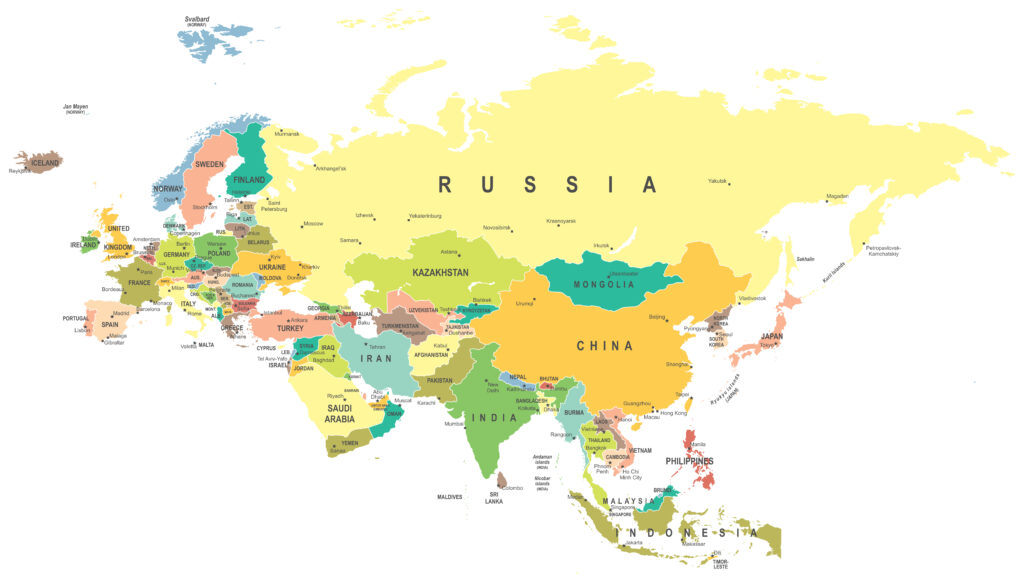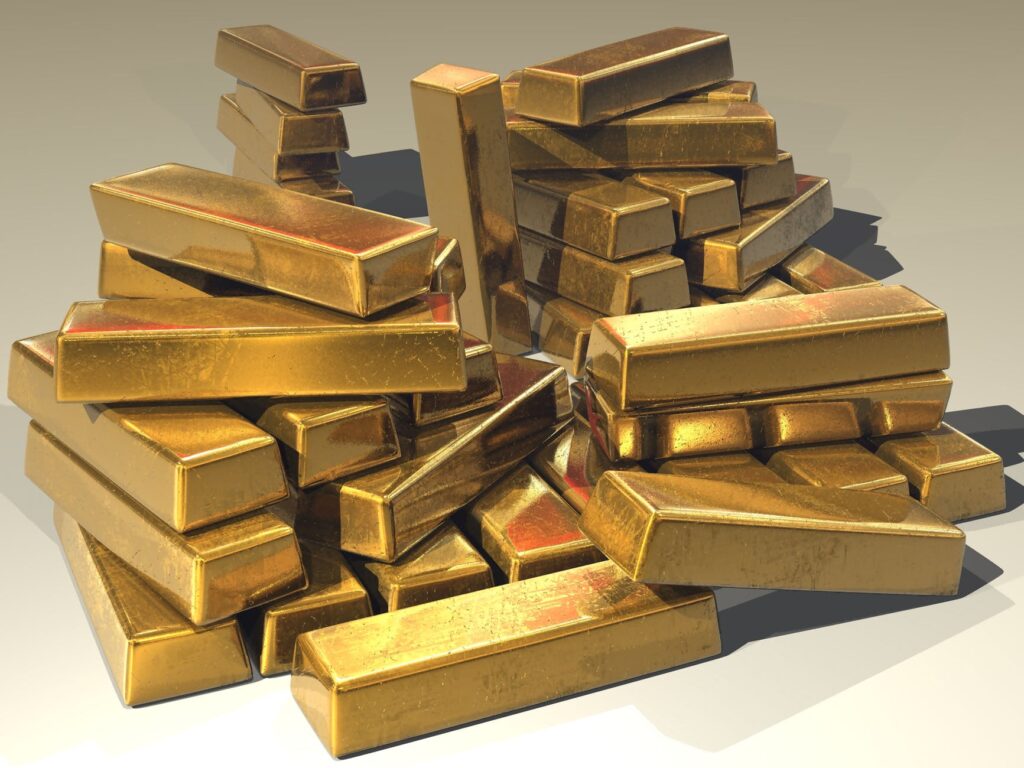
There are a lot of unverified claims on social media right now and it’s hard to know for sure what’s really going on. I will do my best to keep readers updated as soon as I get meaningful and credible information. The timeline from RT below is from earliest events to most recent – Natylie
RT, 6/23/23
There is some turmoil in Russia after Evgeny Prigozhin, the head of Wagner Group private military company, was accused by the government of staging an armed insurrection.
The charges were brought late Friday night [Moscow time] after Prigozhin accused Defense Minister Sergey Shoigu and General Valery Gerasimov, the chair of the Russian general staff, of serious crimes.
Prigozhin claimed to have ordered troops loyal to him to move towards Rostov-on-Don, a major city in southern Russia. Security measures were also reportedly beefed up in Moscow.
- On Friday, Evgeny Prigozhin, the head of the Russian private military company Wagner Group, claimed that senior Russian commanders were traitors and demanded the prosecution of Defense Minister Sergey Shoigu and General Valery Gerasimov, the chair of the general staff.
- Later in the day Prigozhin claimed that the Russian military had attacked Wagner reserve positions. Prigozhin announced that forces loyal to him were moving towards the city of Rostov-on-Don.
- The Defense Ministry denied the claim. The Russian Federal Security Service (FSB) accused Prigozhin of staging an armed coup and called on Wagner fighters to apprehend him.
- Moscow’s police have increased their presence in the city, taking additional measures to protect the Russian capital’s ‘most important buildings, public authorities and transport infrastructure’, the news agency TASS has reported. Several pictures and videos of military hardware moving through the city’s streets have appeared on the web.
- Putin is being informed on all the latest developments regarding the ‘armed coup attempt’ by Wagner PMC and its boss Evgeniy Prigozhin, Kremlin spokesman Dmitry Peskov has stated, according to TASS news agency. Peskov said Russia’s Ministry of Defense, FSB and National Guard are feeding information after ‘receiving orders from the president’.
- Senior Russian military commanders, including Deputy commander of the Russian Joint Forces, Army General Sergey Surovikin and Lieutenant General Vladimir Alekseev have recorded public video addresses to Wagner troops. They denounced Prigozhin’s actions and called on the fighters to stand down.“This is a stab in the back to the nation and the president,” Alekseev said, warning that there was a risk of a civil war in Russia. Surovikin urged the soldiers to return to their positions and seek a peaceful resolution of the situation.
- The White House has said it is “monitoring the situation” in Russia. President Joe Biden has been informed about the developments, National Security Council spokesperson Adam Hodge told the media. US officials indicated that they consider the situation ‘serious’ and beyond Prigozhin’s previous statements launched against the Russian military leadership in the past, according to CNN.
- Despite claims by Evgeny Prigozhin, there appears to be no video or photo evidence of any PMC forces moving through Russia. There are also no reports of any battles or skirmishes.
- The situation in Rostov-on-Don appears to be relatively calm, according to media reports from the city. Troops are deployed at the headquarters of the Russian Southern military district, but there are no signs that they are preparing to fight off an attack, according to Kommersant daily.
- TASS has reported increased security on the highway connecting Rostov-on-Don with central Russia, including Moscow. Police presence has been increased, and inbound traffic is kettled and subject to inspections. Vehicles are not allowed to travel from the city towards the capital at all, according to the news agency.
- The Russian Defense Ministry has warned on its Telegram channel that Ukrainian forces were preparing to use “Prigozhin’s provocation” to launch an assault in the vicinity of Artyomovsk. The Donbass city, which Ukraine calls Bakhmut, was the focal point of an intensive months-long battle, in which PMC Wagner played a significant role. The city was taken by Russian forces last month.
- Traffic camera video feed from Rostov-on-Don, which could have shown the alleged columns of Wagner military hardware moving through the streets, is presently unavailable. When trying to access the feed, users are greeted with a message saying ‘Access to the broadcast is temporarily limited’.
- No unusual activity has been noted near the Wagner PMC headquarters in St. Petersburg, according to a TASS correspondent at the location. The news agency added that security guards have also denied reports that a search was underway in the building.
- Rostov Region Governor Vasily Golubev has urged residents via his Telegram channel to “keep calm and not leave home without need.” He added that law enforcement was doing everything necessary to ensure the safety of civilians.
- A video purportedly showing an armed confrontation between Wagner PMC forces and the Russian Army has been making the rounds on social media. However it has not been independently verified. (Go to RT link above to view the video – NB)
- The Russian social network VK has blocked one of the statements released by Prigozhin’s press service on the platform. The post now states that the message is not available in Russia, based on a decision by the Prosecutor General’s office.
- There are also claims that some news about Prigozhin’s latest steps are being blocked by Yandex, the Russian tech giant that runs an eponymous web search engine.
- The Rostov Region branch of the Emergencies Ministry has warned about a fake post issued in its name on social media. The message falsely claims that a curfew has been imposed in the region, adding that those spreading the message are apparently seeking to cause panic.
- Igor Artamonov, the governor of Lipetsk Region, has announced increased security measures, with particular focus on protecting critical infrastructure. He called on residents to avoid traveling to southern parts of Russia, including the neighboring Voronezh Region.
- “The latest events have disturbed all of us. But I ask you all to keep calm,” he said on his Telegram account.
- Lipetsk is located some 370 km south of Moscow and 590 km north of Rostov-on-Don.
- The road connecting the city of Rostov-on-Don with the Azov Sea port of Taganrog, some 60 km to the west, has been fully shut down for traffic, a TASS correspondent has reported. Similar restrictions have also been reported relating to north-bound traffic on the M4 highway, which leads to Moscow. Other exits from Rostov-on-Don remain available, according to the report.
- A video purportedly filmed in Rostov-on-Don shows a tank and an armored personnel carrier (APC) driving past a group of police officers who are guarding a fuel station. More military hardware, including another tank, another APC, two armored cars and a truck, follow shortly afterwards.
- The footage circulating online could not be immediately verified.
- A military column is on the move on the M-4 highway connecting Voronezh and Rostov-on-Don, local authorities have announced on Telegram, asking local residents to temporarily refrain from using the road. The statement adds that law enforcement agencies in the region are “taking all necessary measures to ensure the safety.”


